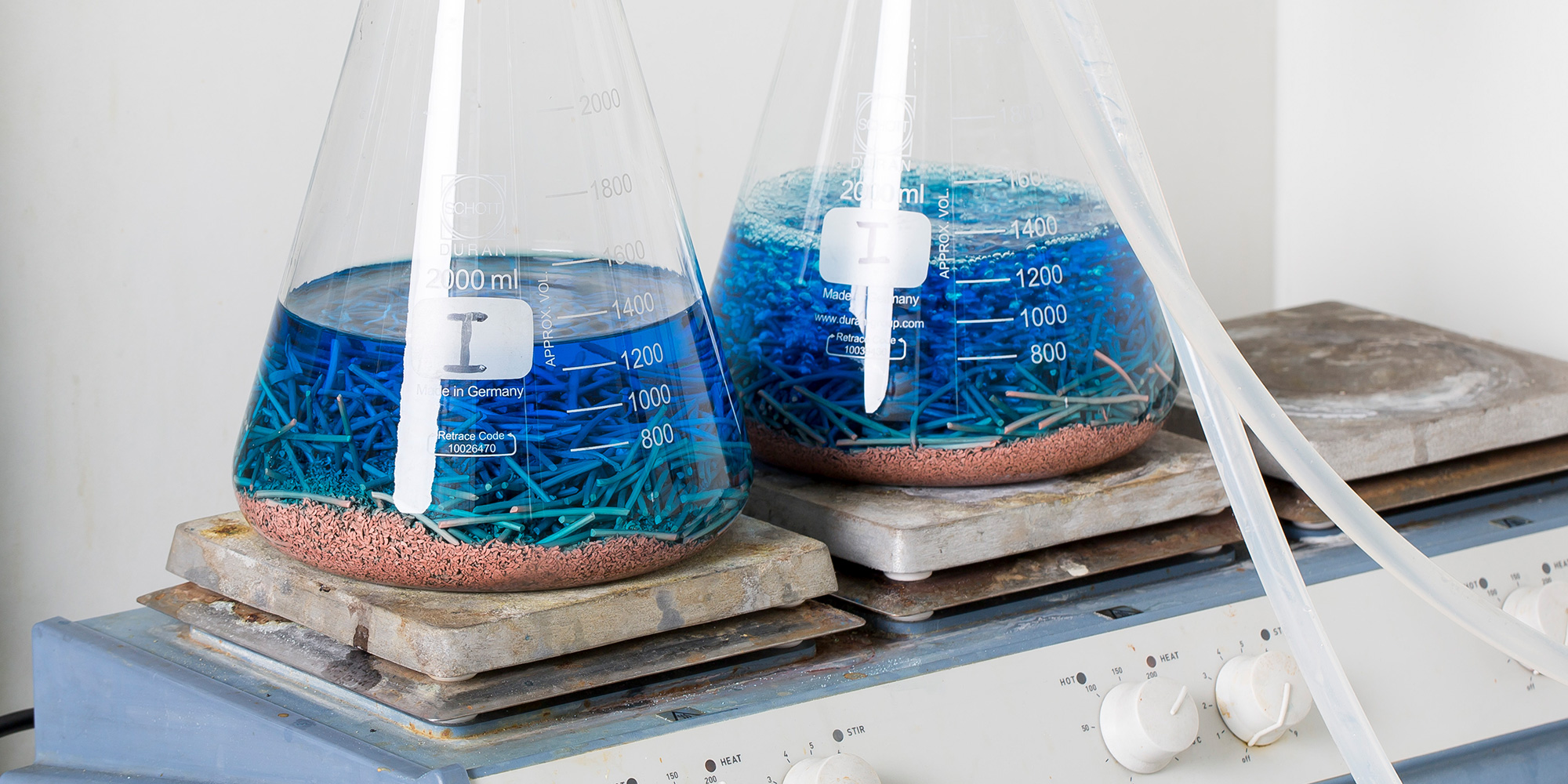JIS G0591 Pitting Corrosion Resistance Test
The JIS G0591 Pitting Corrosion Resistance Test is a critical procedure used to evaluate the resistance of materials, particularly metallic alloys, to localized corrosion. This test is widely utilized in industries such as oil & gas where material integrity and longevity are paramount.
Localized pitting corrosion can be devastating for equipment used in harsh environments like those found in offshore drilling rigs or subsea pipelines. The JIS G0591 method provides a standardized approach to assess the susceptibility of materials to this form of corrosion under conditions that mimic real-world scenarios as closely as possible.
The test involves placing specimens made from different metallic alloys into an electrolyte solution containing chloride ions and sulfuric acid, which are known to promote pitting. The specimen is then subjected to a cathodic polarization condition for a specified duration. After this period, the sample is examined visually or microscopically for signs of pitting corrosion.
This testing method ensures that materials used in critical applications within the oil & gas sector meet stringent quality standards before they are deployed. By identifying potential weaknesses early on through rigorous testing procedures like JIS G0591, companies can prevent costly failures and extend operational lifetimes significantly.
The test results provide valuable insights into how well various metals perform against pitting corrosion under specific conditions. This information is crucial for quality managers, compliance officers, R&D engineers, and procurement teams who need to ensure that the materials they select are reliable and fit-for-purpose.
Understanding the intricacies of JIS G0591 helps stakeholders appreciate why it's an essential part of material selection processes in sectors like oil & gas. It emphasizes the importance of choosing robust materials capable not only of enduring operational demands but also resisting corrosive elements that could otherwise compromise equipment integrity over time.
For those involved in R&D, this test serves as a vital tool for developing new alloys or improving existing ones by providing quantitative data on their pitting resistance. In procurement, it ensures suppliers deliver products meeting industry specifications thus maintaining consistent quality across supply chains.
Scope and Methodology
| Parameter | Description |
|---|---|
| Test Specimen | Standardized metal coupons or plates representing the material to be evaluated. |
| Electrolyte Solution | Contains 0.5% NaCl and 2% H₂SO₄ by mass, which promotes pitting corrosion. |
| Cathodic Polarization Voltage | -1.3 V vs Ag/AgCl reference electrode. |
| Temperature | Test conducted at room temperature (approximately 25°C). |
| Durability Time | 48 hours ± 0.5 hours for most applications. |
| Criteria | Description |
|---|---|
| Visual Inspection | Detects pitting by naked eye or magnifying glass if any pits exceed 50 micrometers in diameter. |
| Microscopic Analysis | Used for detailed examination where visual inspection is inconclusive, focusing on pit depth and distribution. |
| Pit Depth Measurement | Determined using a profilometer or similar instrument if required by specific standards. |
| Data Recording | All findings recorded meticulously ensuring compliance with JIS G0591 guidelines. |
Environmental and Sustainability Contributions
The results from the JIS G0591 pitting corrosion resistance test play a crucial role in promoting sustainable practices within industries reliant upon robust materials. By identifying which materials are most resistant to localized corrosion, manufacturers can select more durable components, reducing waste generation due to premature failure.
Additionally, selecting appropriate materials based on their performance according to JIS G0591 helps minimize environmental impacts associated with frequent replacement or repairs necessitated by less reliable alternatives. This contributes positively towards achieving sustainability goals set forth by regulatory bodies and corporate social responsibility initiatives.
Competitive Advantage and Market Impact
The ability to accurately determine a material's resistance to pitting corrosion provides significant competitive advantages. Companies that invest in thorough testing protocols like JIS G0591 can gain market edge by ensuring their products meet or exceed stringent standards set forth by international organizations.
From a regulatory perspective, compliance with such tests demonstrates commitment to quality and safety which enhances brand reputation among customers prioritizing these factors. Furthermore, successful implementation of robust pitting corrosion testing contributes positively towards maintaining long-term business sustainability.





